Key Takeaways
Think of a clothing embossing machine as the superhero of fabric bling—it doesn’t wear a cape, but it does press silicone 3D logos onto your jeans and tees like it’s saving the world from boring fashion. Here’s the scoop: these machines use thermoforming heat presses to melt silicone into fabrics, creating designs so tough they’ll outlast your gym socks.
Pro Tip: If your logo starts peeling before your enthusiasm for avocado toast fades, you’re doing it wrong. Quality machines ensure designs stick like that one catchy song you can’t unhear.
Why silicone? Because it’s eco-friendly, flexible enough to survive a yoga session, and—unlike your last relationship—it won’t crack under pressure. Bonus: modern machines are energy-efficient, cutting power bills faster than a toddler with safety scissors.
Silicone transfers vs. screen printing? Imagine comparing a laser printer to a quill pen. One’s precise, vibrant, and ready for Netflix marathons (silicone); the other’s… well, it’s fine if you’re into retro vibes and touch-ups.
Need a machine? Don’t panic. Just ask: “Will this handle my denim addiction?” and “Can it survive my assistant’s ‘creative’ button-pushing?” Your future durable logos depend on it. Now go make some fabric magic—responsibly, please. 🌍✨
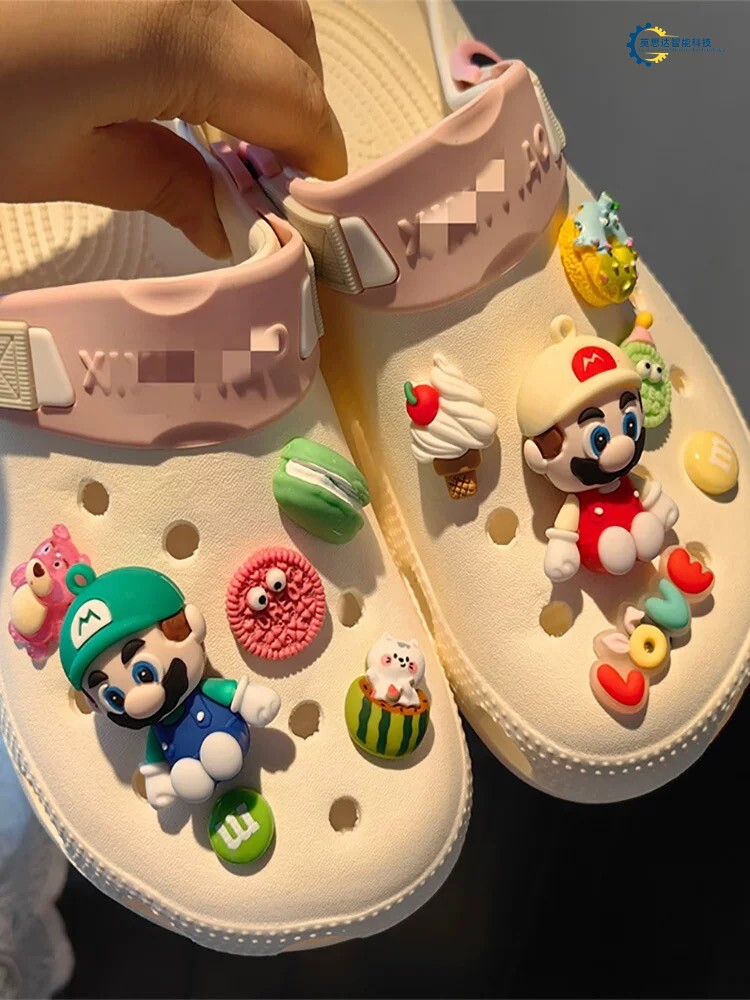
How Embossing Machines Work
Imagine a clothing embossing machine as a fancy chef, but instead of whipping up soufflés, it’s pressing silicone 3D logos onto fabric like a boss. Here’s the recipe: First, the machine preheats its thermoforming heat press to just the right temperature—hotter than your ex’s Instagram comments but cool enough not to burn the fabric. Then, it squishes a silicone-coated mold onto your jeans, T-shirt, or sportswear with the precision of a cat judging your life choices. The heat melts the silicone into the fibers, creating a raised, durable logo that’s tougher than your resolve to skip dessert.
But wait, there’s science! The machine’s secret sauce is pressure-and-heat timing. Too little, and your logo peels off faster than a toddler’s Band-Aid. Too much, and you’ve got a fabric pancake. Here’s a cheat sheet:
| Embossing Factor | Ideal Setting | What Happens If… |
|---|---|---|
| Temperature | 150°C–180°C | Logo sticks like gossip |
| Pressure | Medium-High | Design pops like confetti |
| Time | 8–12 seconds | Perfection achieved (mostly) |
While the machine works, it sips electricity like a hipster sipping artisan coffee—energy-efficient and smug about it. No toxic chemicals, just clean, eco-friendly vibes. And voilà! Your plain shirt now sports a 3D logo that’ll survive wash cycles, mud runs, and questionable life choices. Who knew denim could get a gym membership?

Silicone 3D Logos Benefits
Let’s face it—your logo deserves better than to fade into oblivion after one spin in the washing machine apocalypse. Enter silicone 3D logos, the superheroes of garment branding. These squishy, raised designs aren’t just eye candy; they’re tougher than a toddler’s grip on a candy bar. Made from eco-friendly silicone, they laugh in the face of friction, UV rays, and that mysterious sauce stain from last week’s burrito.
Why settle for flat when you can go 3D? Unlike traditional prints that ghost you after a few washes, silicone logos bounce back like a over-caffeinated kangaroo. They stick to fabrics like gossip in a small town, whether it’s stretchy sportswear or your favorite pair of jeans that’s seen more drama than a reality TV show. Plus, they’re softer than a puppy’s ear—no scratchy surprises here.
But wait, there’s more! These logos moonlight as eco-warriors. The production process skips toxic chemicals faster than a cat avoids bath time, making them the poster child for sustainable fashion. And let’s not forget the energy-saving perks—less power, more pizzazz. Your brand gets to flex its style and its conscience, all while the logo outlives your gym membership resolutions.
Next time someone asks why your tee’s logo still looks factory-fresh after 50 washes, just wink and say, “Silicone magic, baby.” (Or blame the laundry gnomes. We won’t judge.)
Heat Press Technology Explained
Ever seen a heat press machine in action? It’s like a superhero sandwich press—but instead of melting cheese, it’s bonding silicone 3D logos to fabric with the precision of a ninja and the heat of a dragon’s sneeze. Here’s the science (without the lab coat): thermoforming technology uses heated plates to press silicone transfers onto textiles, turning “meh” fabric into “wow” faster than you can say, “Is that Gucci?”
Think of it as a fabric tattoo parlor. The machine cranks up temperatures between 150°C to 180°C (302°F to 356°F for my Fahrenheit friends), pressing the design with enough force to make a gym bro jealous. This combo of heat, pressure, and time ensures logos stick like gossip in a small town. Bonus? Unlike screen printing, there’s no messy ink or existential crises about color alignment.
But wait—there’s a plot twist! Not all heat presses are created equal. Some models are overachievers with digital controls, letting you tweak settings like a mad scientist. Others? They’re the “set it and forget it” type, perfect for folks who still can’t program their microwave. Either way, the result is durable, crack-resistant logos that survive wash cycles, mud puddles, and that one friend who “borrows” your hoodie forever.
So, next time you rock a tee with a 3D silicone logo, remember: it’s not magic. It’s just a heat press doing its best impression of a clingy koala. And honestly? We’re here for it.
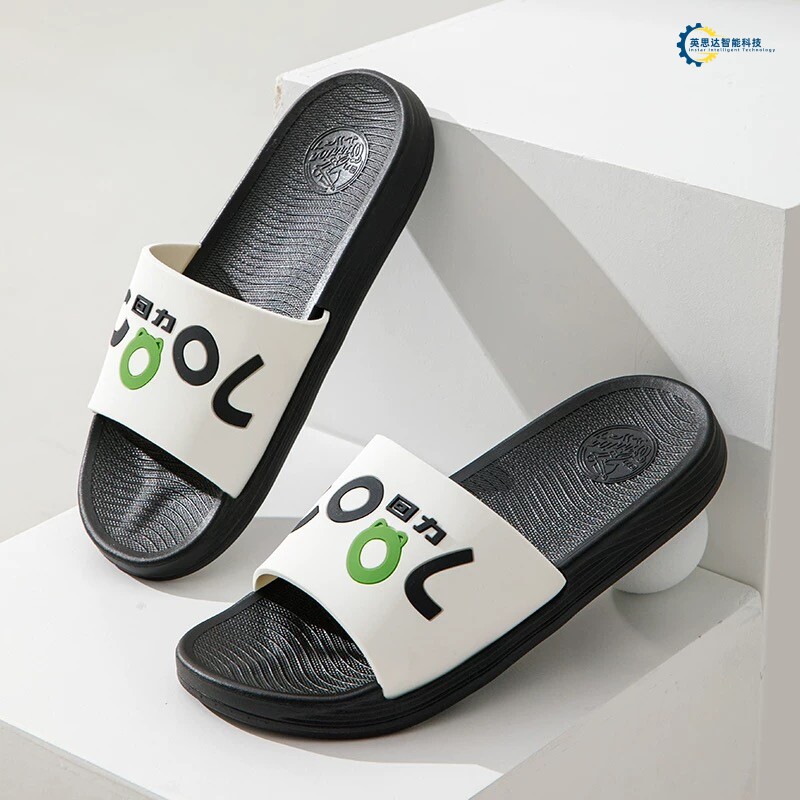
Eco-Friendly Sportswear Embossing
Let’s face it: eco-friendly sportswear isn’t just for tree-hugging marathon runners anymore. With clothing embossing machines strutting their stuff, even your gym shorts can now flex sustainability like they’re training for a green Earth pageant. How? By slapping on silicone 3D logos that stick around longer than your New Year’s resolutions.
These machines are basically the Michelangelo of activewear, sculpting designs with thermoforming heat presses so precise, they could probably iron out your life choices. Unlike traditional methods that guzzle energy like a dehydrated cyclist, modern embossing tech sips electricity like a dainty herbal tea—making Mother Nature swoon. And here’s the kicker: those durable logos won’t bail after one sweaty workout or a date with your washing machine’s “heavy duty” cycle.
Sportswear brands are ditching toxic inks faster than a treadmill on max speed, opting for silicone transfers that laugh in the face of friction. The result? Logos that stay crisp, colors that pop brighter than your post-yoga endorphins, and zero guilt trips about carbon footprints. So next time you rock those embossed leggings, remember: you’re not just wearing art—you’re flaunting a tiny, eco-warrior victory lap.
Durable Logos on Denim & Tees
Let’s talk about denim and T-shirts—the divas of your wardrobe. These fabrics aren’t just picky about fit; they’re downright rebellious when it comes to holding onto designs. Ever seen a logo on jeans fade faster than your New Year’s resolutions? That’s where clothing embossing machines swoop in like superheroes with heat-powered capes. Using thermoforming heat presses, these machines stamp silicone 3D logos into fabric so deeply, they’ll outlast your favorite pair of jeans—even after 50 washes, three coffee spills, and one questionable encounter with a lawnmower.
Imagine your logo clinging to denim like a koala to a eucalyptus tree. The secret? Silicone transfers melt into fibers at molecular levels, creating raised designs that laugh in the face of friction. Unlike screen printing, which peels off like sunburned skin, these logos stay put. Plus, they’re eco-warriors in disguise—no toxic inks, just clean, energy-efficient squishing. Whether it’s a vintage band tee or designer jeans, the result is a logo so tough, it could probably survive a zombie apocalypse. And let’s be real: if your clothes make it through Monday mornings, their logos should too.
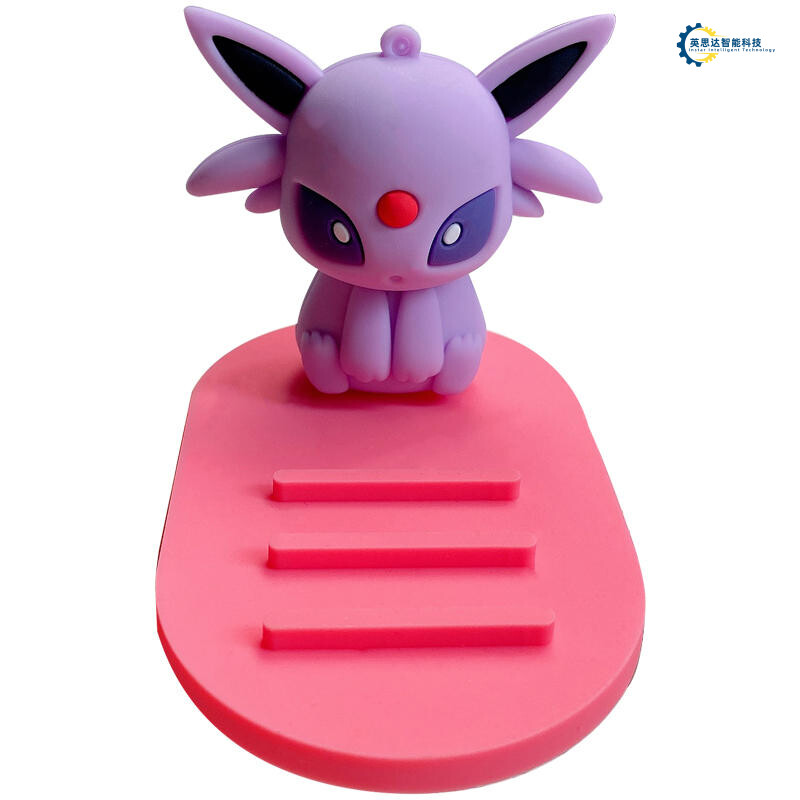
Energy-Saving Embossing Techniques
Let’s talk about energy-saving embossing techniques—the unsung heroes of the silicone logo world, quietly sipping electricity like a hipster nursing a cold brew. Imagine your clothing embossing machine as a gym buddy who’s mastered the art of “efficient workouts.” Instead of guzzling power like a dehydrated marathon runner, modern machines use smart heat presses that crank up the heat only when needed. Think of it as a thermostat with commitment issues—it won’t overheat your designs or your conscience.
How? By leveraging thermal efficiency tech that’s sharper than your grandma’s sewing scissors. These machines pre-heat faster than a microwave burrito, slashing power consumption by up to 30%. And let’s not forget auto-shutdown modes—because even machines deserve a nap after stamping 500 pairs of jeans. Bonus: fewer carbon emissions mean your eco-friendly sportswear can flex its “save-the-planet” credentials without greenwashing.
But here’s the kicker: precision engineering ensures every logo pops like bubble wrap, using just enough energy to make silicone 3D logos stick like gossip at a family reunion. No wasted joules, no half-baked imprints—just crisp, durable designs that outlast your interest in New Year’s resolutions. So, while your embosser hums along like a zen monk, your energy bill stays chill. Mother Earth nods approvingly. Your accountant high-fives you. Everyone wins.
Silicone Transfer vs Screen Printing
Picture this: screen printing walks into a bar wearing a vintage band tee, orders a complicated cocktail, and spends 20 minutes explaining the "artistic process." Meanwhile, silicone transfer strolls in with a leather jacket, slaps a 3D logo onto the bartender’s apron mid-conversation, and gets free drinks for life. That’s the vibe difference between these two methods.
Screen printing is like your grandma’s quilt—charming, time-consuming, and prone to fading after too many washes. It involves layering ink through mesh stencils, which works great for simple designs but throws a tantrum when asked to create durable 3D textures. Plus, cleaning those screens? Let’s just say it’s the craft equivalent of scrubbing glitter glue off a toddler’s hands.
Enter silicone transfer, the cool cousin who owns a laser printer and a gym membership. Using thermoforming heat presses, it stamps silicone logos onto fabrics so precisely, even your cat’s chaotic zoomies won’t mess it up. The result? Logos that pop like popcorn, survive apocalypses (or laundry day), and laugh in the face of friction. Bonus: no toxic ink rivers or existential crises over color matching.
Sure, screen printing has its retro appeal, but if you want logos that stay sharper than your aunt’s comments at Thanksgiving? Silicone transfer is your MVP. It’s faster, greener, and doesn’t require a PhD in "Why Did the Ink Blob There?" Science.
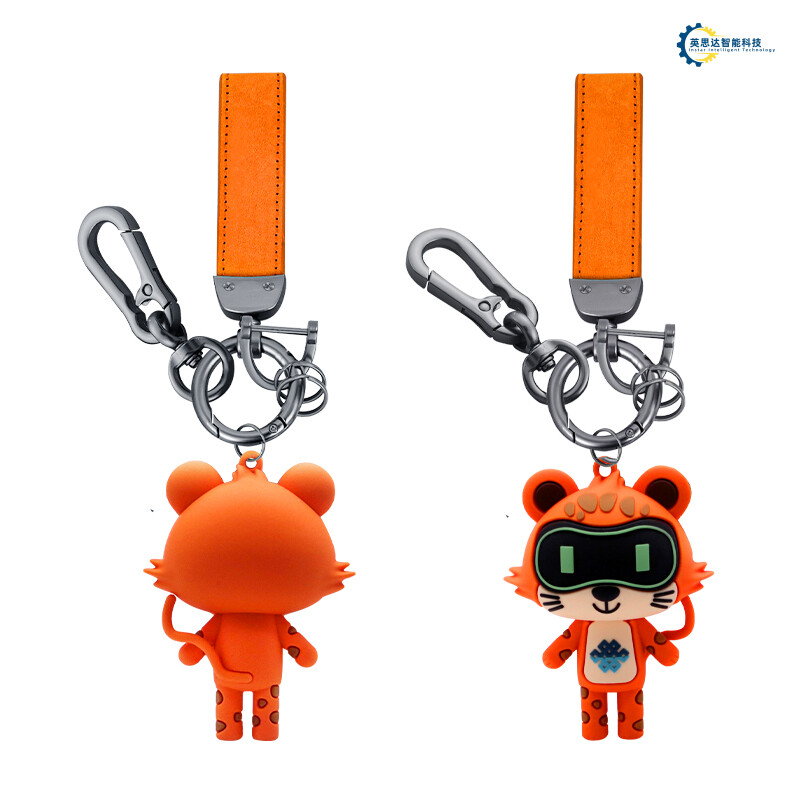
Choosing the Right Embossing Machine
Picking the perfect embossing machine is like online dating—swipe left on the wrong specs, and you’ll end up with a hot mess instead of a hot press. First, size matters. Are you stamping logos on sportswear the size of a postage stamp or jeans that could double as a parachute? Match the machine’s heat platen dimensions to your fabric’s ambitions. Next, check the temperature range. If your silicone 3D logos need a tropical vacation (we’re talking 150°C to 200°C), don’t settle for a machine that’s stuck in the Arctic.
Pressure settings are the unsung heroes here. Too gentle, and your design peels faster than a sunburned tourist. Too aggressive, and your T-shirts might develop commitment issues. Look for adjustable pressure controls—think of it as a “volume knob” for perfectionists. Bonus points if the machine has energy-efficient modes; Mother Earth will thank you, and so will your electricity bill.
But here’s the kicker: not all machines play nice with eco-friendly fabrics. If your brand’s vibe is “save the planet, one logo at a time,” ensure your pick isn’t secretly a closet polluter. Pro tip: Machines with rapid cooling systems are like caffeine for production lines—they get stuff done without overheating drama.
Just remember, the right machine won’t ghost you mid-project. Test it on scrap fabric first—because nobody wants a durable logo that’s too durable…on the wrong side of the cloth. And hey, if it starts arguing about temperature settings, maybe don’t propose.
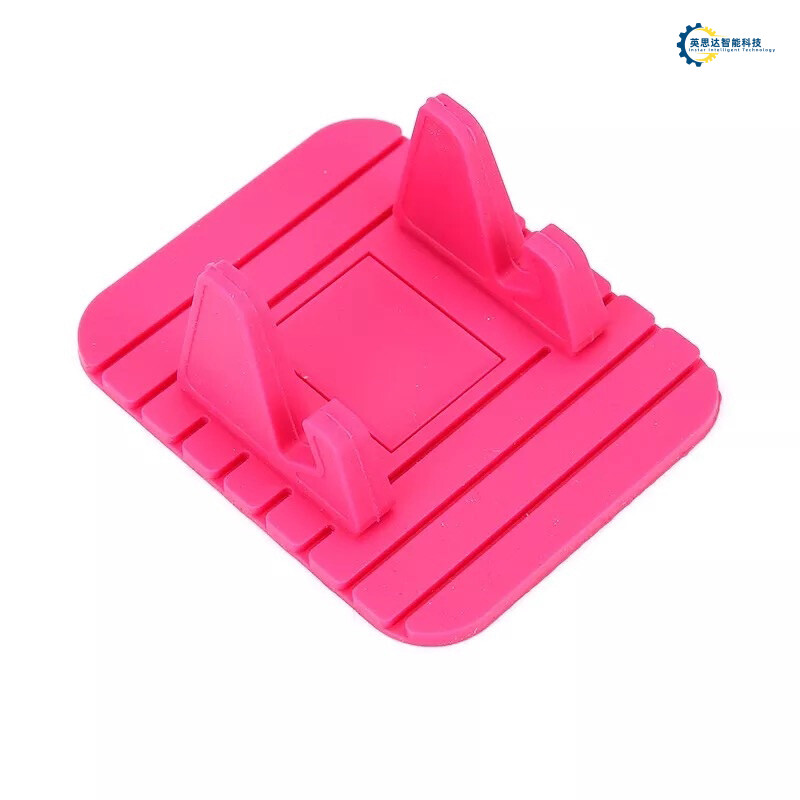
Conclusion
So, you’ve made it to the end—congrats! You’re now officially a clothing embossing machine whisperer. Let’s face it: if your jeans could talk, they’d probably beg for a silicone 3D logo just to flex on their plain-pocketed cousins. These machines aren’t just fancy irons; they’re the secret sauce behind turning “meh” fabric into “heck yeah!” wearable art. Imagine a thermoforming heat press as the Gandalf of textiles—“you shall not wrinkle!”—except it’s blasting designs so durable, they’ll outlast your gym membership resolutions.
Why settle for boring when eco-friendly sportswear embossing lets you save the planet and look cool? Plus, with energy-saving techniques, you’re basically a superhero—cape optional. Sure, screen printing might argue it’s the OG, but let’s be real: silicone transfers are like the gluten-free, organic, avocado toast of the design world. Trendy? Absolutely. Here to stay? You bet your sparkly denim.
So next time someone admires your tee’s indestructible logo, wink and say, “Thanks, it’s embossed.” Then walk away. Mysterious? Maybe. Hilariously over-the-top? Definitely. Just don’t blame us if your closet suddenly needs a VIP section.
FAQs
Q: Will my T-shirt scream if I use a clothing embossing machine?
A: Only if you press it wrong. Kidding! These machines use thermoforming heat presses to fuse silicone 3D logos gently, like a spa day for fabric. Your shirt will come out relaxed and stylish.
Q: Can I emboss my cat’s sweater without turning it into a hairball?
A: Technically yes, but we recommend sticking to jeans and sportswear. The machine’s energy-efficient production handles fabrics, not fur. (Your cat’s ego? That’s another story.)
Q: Is silicone transfer just screen printing’s fancier cousin?
A: More like its upgraded cousin who vacations in Europe. Unlike screen printing, silicone creates durable logos that survive washing machines, mud runs, and questionable life choices.
Q: How “eco-friendly” are these machines? Do they plant trees while working?
A: Not that eco-friendly (no saplings included). But they slash waste, use less energy than your Netflix binge, and avoid toxic inks. Mother Nature approves!
Q: Will a heat press turn my garage into a sauna?
A: Only if you crank it to “volcano mode.” Modern heat press technology is precise—think “Goldilocks-approved” temps. Your garage stays cool, and your designs stay crisp.
Ready to Make Your Fabric the Life of the Party?
If your clothing embossing machine dreams involve less confusion and more stunning 3D logos, please click here. Let’s turn your “meh” merch into “wow” without the drama! 🎉
